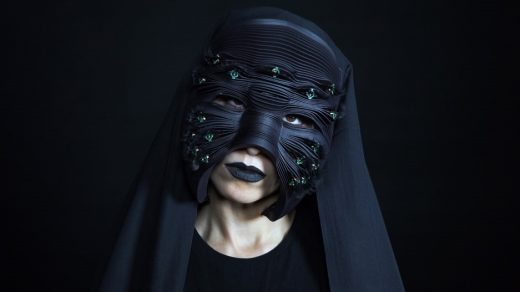These haunting masks speak their own silent, feminist language
The Bandari women of the Persian Gulf have worn the niqab for centuries, a mask that is said to have been first worn to escape the leery gaze of slave masters. The only part of the face it reveals is the eyes.
As COVID put the world into lockdown, as masks became a commonplace part of our global culture, designer Behnaz Farahi, known for her work creating living clothing, was thinking about the role of the niqab in contemporary feminism. As many have pointed out, while niqabs are banned or limited in countries like France and Canada, these same countries have embraced masks to prevent the spread of the pandemic. Such an about-face feels like anti-Muslim hypocrisy.
Farahi’s inspirations were wide. She considered the reports of COVID isolation leading to more domestic abuse. She recalled a famous moment from the Vietnam War, when the American soldier Cmdr. Jeremiah A. Denton Jr. blinked out the word “torture” in a subversive plea for help. Finally, there was the idea of winking—which can signify an unwanted advance.
With all this in mind, while in lockdown herself, Farahi developed the pair of hauntingly beautiful masks you see here. Each is covered with 18 eyes. And when they see one another across the room, they begin to blink in an AI-generated morse code, creating a new language on the fly for eye-to-eye communication (much like a pair of Facebook AIs did in 2017).
“Here the ‘wink’ of the sexual predator is subverted into a language to protect women from the advances of a predator,” writes Farahi.
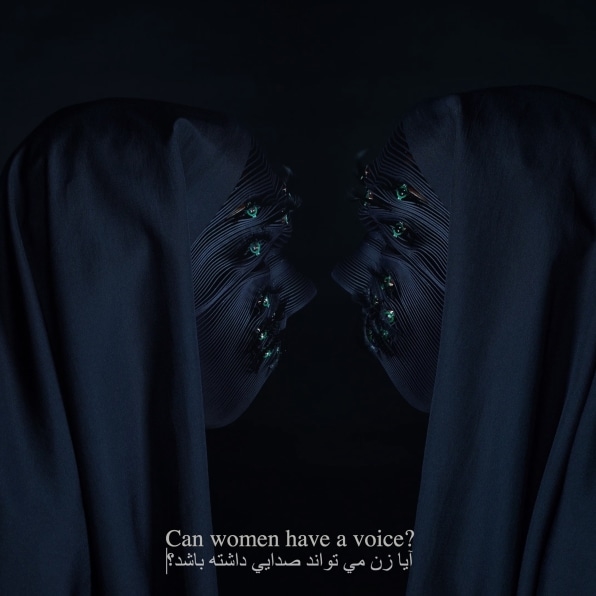
So what do these masks have to say? For the time being, they recite a passage from an article written by feminist theorist Gayatri Spivak named, “Can the Subaltern Speak?”—which questions if someone who has been colonized (a subaltern) can still have a voice. The masks are able to piece out a new language together because they are working from the same source text—though in theory, the masks could eventually say anything.
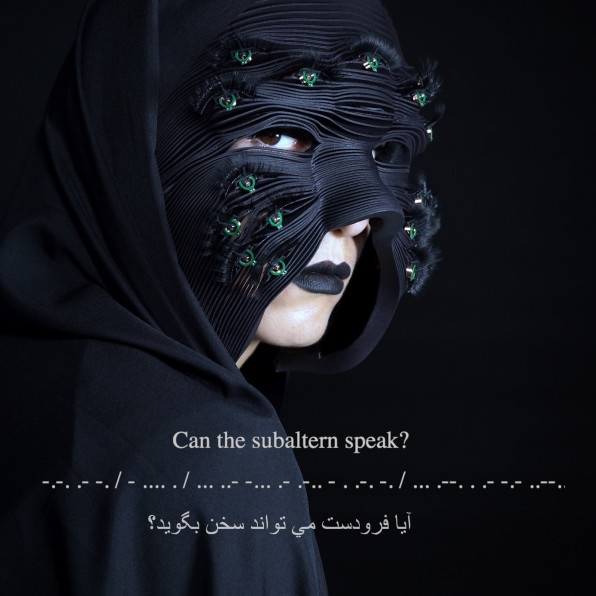
Each mask was 3D printed with the striations of Langer lines, the patterns surgeons use to minimize tension when cutting the skin of the face. They feature 18 actuators (moving parts) fit with fake eyelashes, wireless communication, and a sensor to track the wearer’s own blinks. For the time being, the wearer’s blinks influence the speed of the Morse Code only. In the future, Farahi imagines they might be integrated into the communication system, allowing someone to blink a coded message, too.
So does the wearer have any understanding of what the mask is saying? Because it’s pre-canned text, yes. Farahi also points out that the wearer can actually feel these blinks on their own face, and over time, it’s possible they could figure out how to interpret that coded message, too. But, of course, the intent behind the project isn’t to literally create a practical person-to-person communication device. Farahi doesn’t expect to mass-produce these masks and stick them on Kickstarter. Her intent seems to be to to open our minds about what is possible when we design technology through the lens of feminist theory.
“In the midst of so much social injustice in the world and in the light of movements for women empowerment, I would like to address ways in which art and design could offer novel strategies for resistance,” writes Farahi. “Also while most feminist discourse takes a Western Eurocentric view, I hope this project opens up the discourse of feminism to a non-Western perspective.”
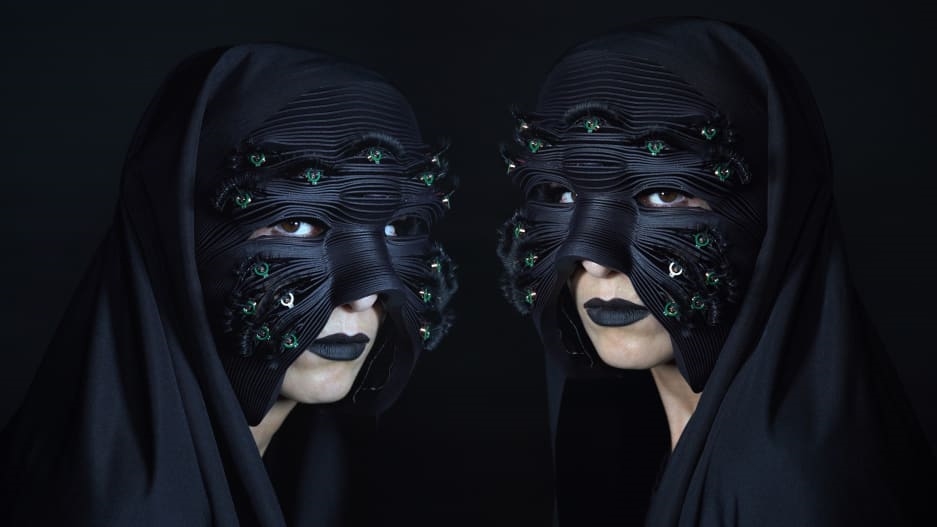
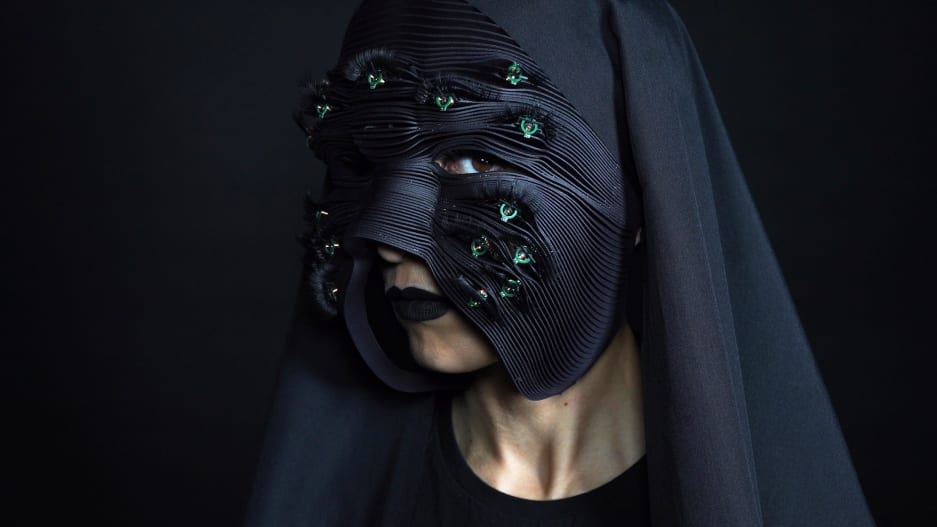
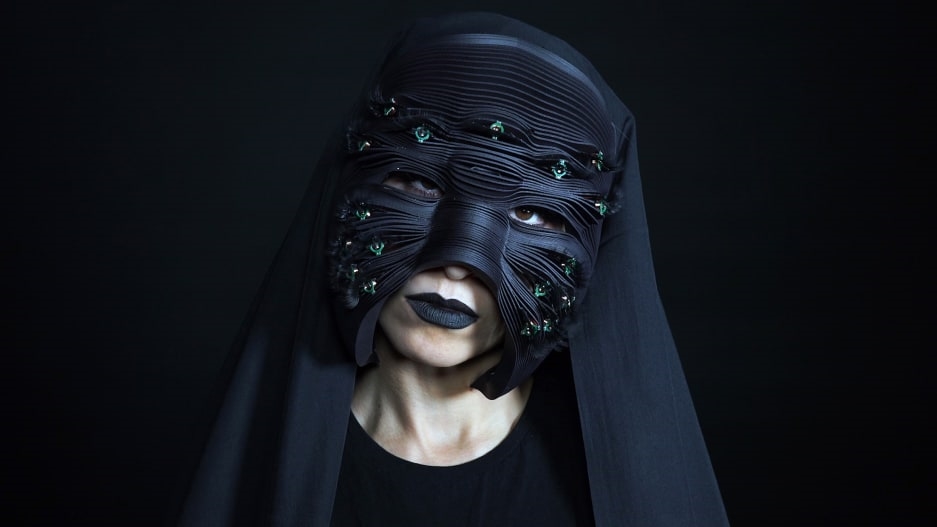
Fast Company , Read Full Story
(33)

